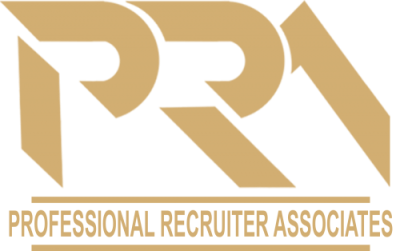The No. 1 mistake ‘even smart people make’ when creating to-do lists, according to a productivity guru
Article Link: https://www.cnbc.com/2019/09/05/a-simple-guide-to-becoming-more-productivity-that-millions-swear-by.html?utm_source=pocket-newtab
By: David Allen, Contributor
The biggest waste of time and source of stress in the workplace is chasing our to-do lists.
How often have you found yourself chasing after 14 different tasks that keep scurrying down 25 rabbit holes? Every day, most likely. (It’s a lot like that “whack-a-mole” game we used to play as kids. The adult version is not fun.)
When it comes to productivity and creating to-do lists, the biggest mistake that even smart people make is focusing too much on their goals and not giving themselves the freedom to take a step back to recalibrate their focus.
And those who do attempt to do this often get distracted and allow their thoughts to scatter: Why is this so complicated? Did I hire the right consultant? Wait, should I let my kids take karate lessons? What do I do about the two new big tasks I just got from my boss? Am I missing anything else on my to-do list? Oh, my printer is out of ink! How do we deal with mom’s hospital bills?
Let’s be honest: It’s happened more times than you’d like to admit.
So how can you maintain your focus? Or know what the “right” thing to do is versus something that isn’t worth your time? It’s tricky business, but there are steps you can take to become more productive.
Here’s how it works:
1. Capture
Grab a sheet of paper and a favorite pen and take a few minutes to write down all the things that consume your attention.
This means any “coulds,” “shoulds,” “need-tos,” “might-want-tos” and “ought-tos” that weigh on your mind — but that you haven’t yet documented. Maybe they’re emails, piles of paper, files, notes from meetings, stickies and reminders lying around waiting to be handled, as soon as you “can get around to it.”
You do not need to address any of them right now; simply gather and put them in a trusted place. There are many ways you can capture these items (e.g., physical paper trays that are labeled, a smartphone app for taking notes, emails to yourself, voice reminders).
Whatever tools you choose, make them part of your daily work life and lifestyle.
2. Clarify
Now, it’s time to process each item. Pick up the first item and ask yourself: Is it actionable?
- If the answer is yes, what’s the next action? You’ll either: Do it now (if it can be done in two minutes or less), delegate it to someone else or defer it yourself (and make a note to do it later).
- If the answer is no, you’ll either: Trash it, store it as reference or incubate it (and put in your “someday/maybe” list).
This step is all about engagement. It can be tiring and require a lot of cognitive effort, which is why we often avoid it and stay in busy mode instead. But if you don’t clarify the things you’ve captured, there’s no hope for stress-free productivity — and your items will simply sit there.
3. Organize
This is where you’ll store and organize all the things you will want to do at some point, but not at the moment. You might do this by assigning each item to one of the following:
- A list of one-off actions: Items that essentially require one step to complete (e.g., buy diapers)
- A list of project actions: Items that require more than one step to complete (e.g., sales presentation deck)
- A calendar: Items that involve a specific time, date and location (e.g., meeting with Sarah at 8:45 a.m.)
You might even want to make a list of things you’re waiting for, or create files for project plans and reference materials.
4. Reflect
When you take time to reflect and get caught up, you stay on top of the things you want and need to do something about.
Make this reflecting time part of your weekly schedule by looking over your lists frequently to determine what to do next. Ask yourself questions like:
- Where am I making progress?
- Where do I need to adjust my priorities?
- What system is working for me and how can I improve it?
5. Engage
This involves taking the appropriate actions to complete your work with confidence. Choosing what to do in the moment — and trusting that your choice is the right one — makes up the final step of the GTD methodology.
As you identify the things you need to do, take a moment to evaluate the limiting criteria in that exact moment:
- Context: Where am I right now (e.g., in the car, in the office, at home, in an airport)? What associated restrictions or limitations does this present? Depending on the context, you only need to look at the next actions on your list that you can actually do where you are and with the tools you have.
- Time available: What you can do right now is limited by how much time you have before you must do something else. Having a meeting in 15 minutes would prevent you from doing many actions that require more time to even start.
- Energy available: Your energy level fluctuates during the day, so choose a task that matches your energy level. If your energy is low, for example, select actions that are easier to complete, such as busywork or administrative chores or errands, to get you up and moving. Sometimes the smartest thing to do is to take a break and go for a walk.
- Priority: What is the most pressing thing you can do right now with the time and energy available?

Professional Recruiter Associates